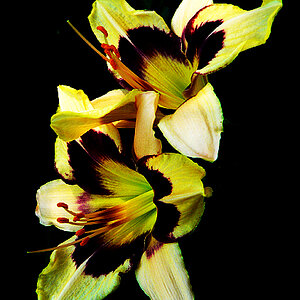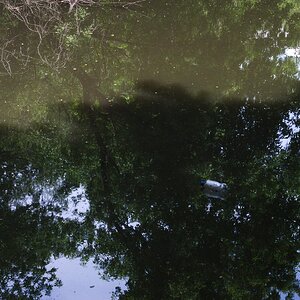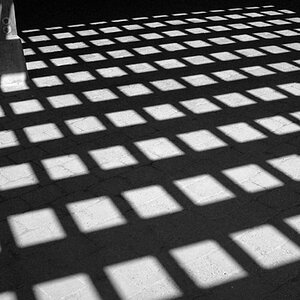Navigation
Install the app
How to install the app on iOS
Follow along with the video below to see how to install our site as a web app on your home screen.

Note: This feature currently requires accessing the site using the built-in Safari browser.
More options
You are using an out of date browser. It may not display this or other websites correctly.
You should upgrade or use an alternative browser.
You should upgrade or use an alternative browser.
Maltese | Cross
- Thread starter deggimatt
- Start date
Tim Tucker
No longer a newbie, moving up!
- Joined
- Mar 23, 2015
- Messages
- 660
- Reaction score
- 579
- Can others edit my Photos
- Photos NOT OK to edit
It isnt HDR. But it has some dodging. Can you elaborate more?
There are many visual clues as to depth in an image. You have to first remember that when you present a 2D image you remove the effect of bi-nocular vision, so any impression of depth you wish to preserve in your image has to be conveyed in another way. Perspective is one, but not the strongest. The trouble with tone-mapping, contrast 'recovery' and sharpening is it tends to even out differences in tone, acutance, texture, detail, contrast, etc and it is these small but subtle details where your depth is conveyed. Do a little experiment, mask out the foreground steps and on the rest of the image ever so slightly raise the black point and drop the white point, (if you're using a curves adjustment in PS try lifting the shadows up to 5 and dropping the highlights to 250, if you want to be really subtle set the blending mode to 'luminosity') like so:
See what it does to the impression of depth in the image. All we've done is very slightly reduced the contrast of the church relative to the foreground. I'm not saying this is how you create depth, merely demonstrating that it's the differences that are easily removed in processing that contain the impression of depth.
Last edited:





![[No title]](/data/xfmg/thumbnail/42/42462-2adb6efc01a19638fca25cd3000f5575.jpg?1619740192)
![[No title]](/data/xfmg/thumbnail/32/32156-d6cfe2865ceed861a0633752a006ea20.jpg?1619735234)


![[No title]](/data/xfmg/thumbnail/42/42461-e2a94a39b9483a804af86010fc52244b.jpg?1619740192)



